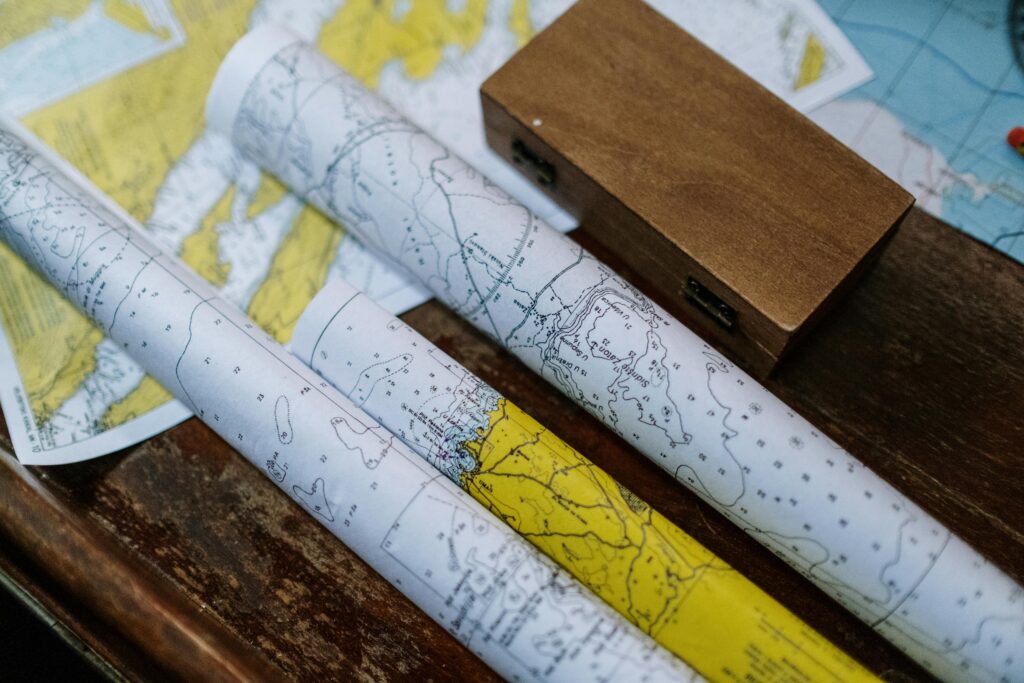Maine Subdivision Frequently Asked Questions

Q: What is a Subdivision in Maine?
A: A subdivision is the division of a property into three or more lots or creation of 3 or more dwelling units in any given five-year period.
Q: What if I just want to divide off one lot?
A: As long as no other properties have been divided off within the last five years, that shouldn’t be a subdivision. That’s most likely just a lot division, though there are some exceptions. We strongly recommend lot divisions be performed by a professional land surveyor and a competent real estate attorney. See https://www.main-landdci.com/elementor-500/ to start the process with Main-Land.
Q: What’s the difference between a lot division and subdivision?
A: Other than a lot division resulting in two lots and a subdivision resulting in three or more lots, lot divisions typically do not require regulatory review from your local planning board or others. Some municipalities vary, so check with your local code enforcement officer.
Q: Do subdivisions in Maine require regulatory review and permits?
A: Subdivisions in Maine always require regulatory review and approval with the local planning board. Small subdivisions (typically under five lots) require less review while larger subdivisions of five or more lots require a longer review period that often takes months to complete. Lot count and schedule will vary from town to town.
Q: But the lots are for my family. Aren’t there exceptions?
A: Yes. A lot sold to a direct abutter or gifted to an immediate family member is exempt from being counted as a lot towards a subdivision. Your existing primary residence may also be exempt. There are limitations, including requirements to have held and/or continue to hold the property for five years. Contact Main-Land for the specifics of your property at https://www.main-landdci.com/engineering/.
Q: I know my local planning board, but I’m afraid of the State. Should I be?
A: No. Getting state and federal permitting is different from town permitting but not necessarily harder. Maine DEP land use permitting is required for subdivisions of five or more lots, or fifteen or more single family residential lots. Maine DOT and the US Army Corp of Engineers may become involved if the project impacts and scope are sufficient to meet their thresholds. And most permitting will require input from the Maine Inland Fisheries & Wildlife, Maine Natural Areas Program, Maine Historic Preservation Commission, and Maine’s Indian Tribes. Main-Land does this every day and is ready to help you through it.
Q: I’m in an unorganized territory. None of this applies to me, right?
A: If only it were so. The Maine Land Use Planning Commission (LUPC) regulates subdivisions in the unorganized territories under their zoning rules and generally restricts subdivisions in Management districts. If your property is in a Development district, then there is hope. Click https://www.main-landdci.com/engineering/ to get the process started. And if your project in LUPC territory is large enough, both LUPC and Maine DEP require permits at the same time.
Q: That all seems like a lot. I need help. Who do I need for professionals?
A: To do a subdivision, you’ll need
- Professional Land Surveyors to map the property,
- Environmental Scientists to delineate the natural conditions of the property, such as wetlands, streams, vernal pools, soil types, protected vegetation, and the like,
- Engineers to design stormwater management systems, wastewater systems, and new roads.
- Other technical professionals, if needed, for things like geology, hydrogeology (usually for wells), and traffic management,
- Professionals to write and prepare permit applications, and
- Professionals to attend and present at planning board and public hearing meetings, if you don’t want to do that yourself.
The good news is that Main-Land does all of this. If your project needs a professional to do something we don’t, such as appraisal, real estate, or legal work, then we know someone to help you with that facet of the subdivision project.
Q: Is my subdivision project going to get expensive?
A: Subjectively, yes. Objectively, it depends. Smaller subdivision projects tend to incur fewer costs and permitting requirements, so they cost less overall. Unfortunately, the cost per lot tends to be large. Very small projects of three or four lots need to be budgeted carefully to ensure project viability. Large projects, of course, can require a lot of work and the highest level of permitting from every applicable agency, resulting in significant costs. But large projects distribute those costs over many lots, resulting in the lowest cost per lot ratio. Many people developing a subdivision end up aiming at fourteen lots, as that is the largest number of residential lots that avoids triggering the big Maine DEP permitting. You should consider other things as well, such as market demand fluctuations, carrying costs, inflation costs, lot sizes, construction costs, and contractor availability. Main-Land can help you strategize the right size subdivision, based on land characteristics and regulatory thresholds, for your timetable and budget.
Q: What do I do now?
A: Call us at 207-897-6752 or fill out our online form to get the process started at https://www.main-landdci.com/engineering/. We’ll call you back. Promise. We may schedule a goals meeting with you, where we can sit down with you and discuss your particular property, identifying trouble issues and potential for success. Then, if you want to continue, we’ll write you a proposal detailing the steps, costs, and schedule to get you permits for your subdivision project.